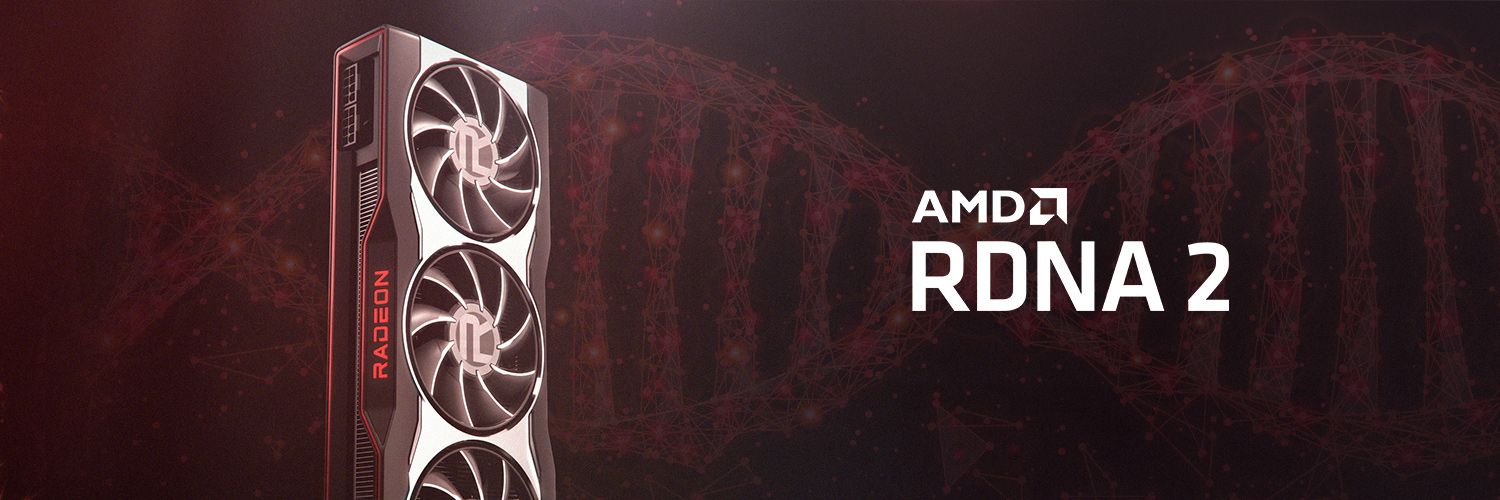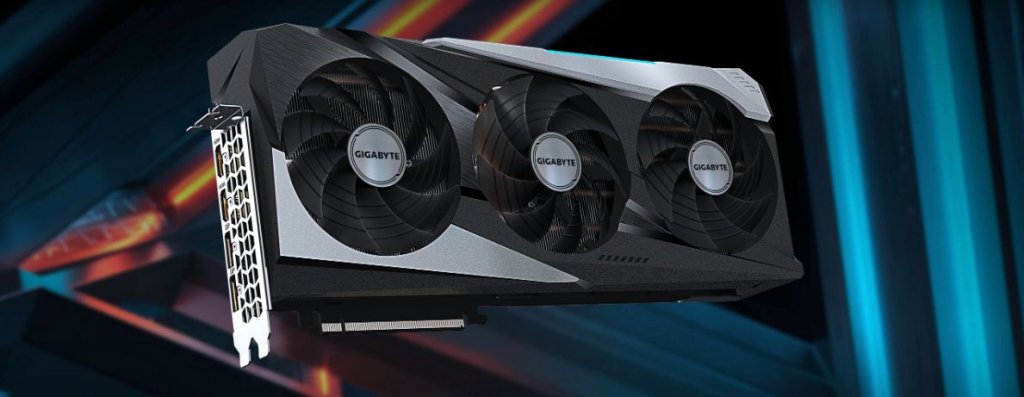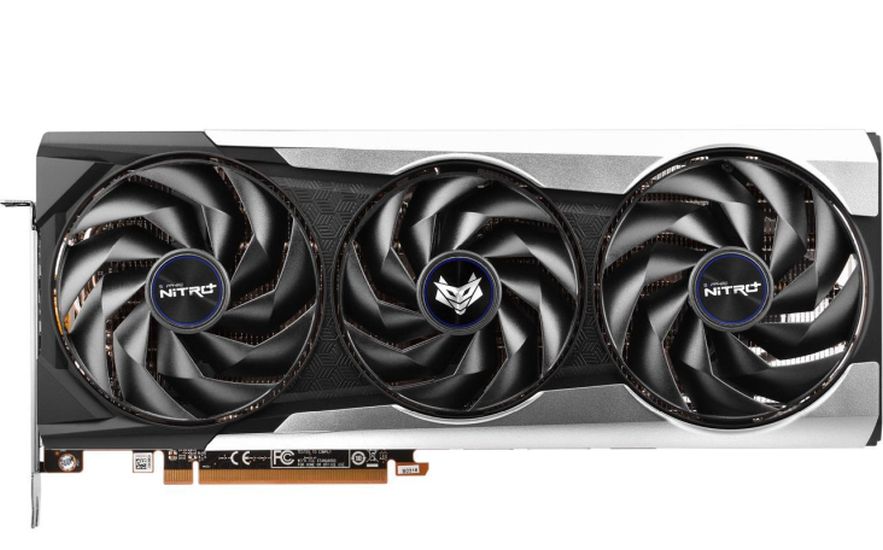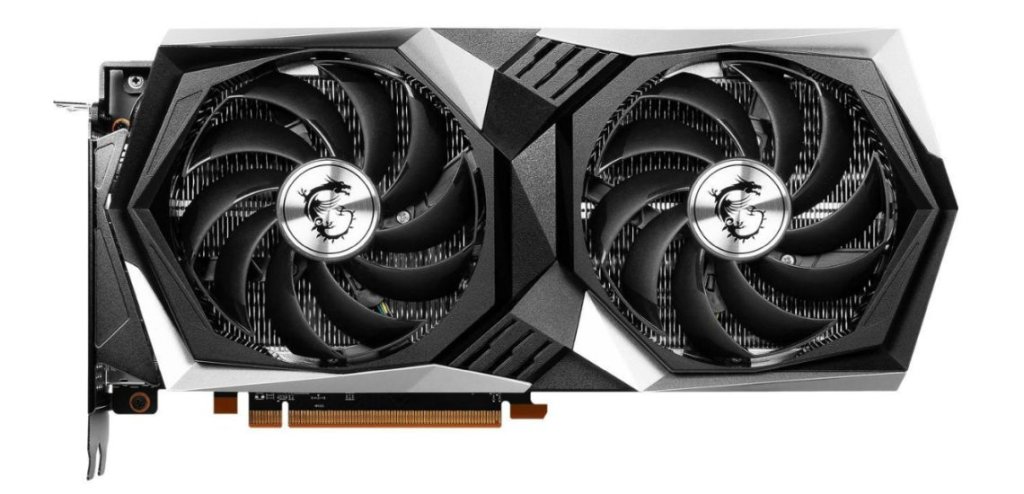AMD recently released the final cards in its Radeon RX 6000 series lineup. Beefing up their GPUs to compete with the likes of Nvidia, they’ve been busy tweaking and fine-tuning their latest cards to see the RDNA 2 architecture off in a positive light.
Hardware
With the coming refresh of the AMD Radeon RX 6000 series, comes a bit more horsepower. There are three new cards in the 6000 series lineup: the Radeon RX 6950 XT, 6750 XT, and 6650 XT.
All three cards are refinements of their older 6000 series counterparts, with some performance tweaks. They all use the same RDNA 2 architecture and are compatible with all the software features brought into the 6000 lineup. However, they take advantage of higher clock speeds and an increased memory bandwidth, from 16GB/s to 18GB/s.
Radeon RX 6950 XT
The RX 6950 XT is the new flagship card in the AMD RX 6000 series, and aims to target 4K gameplay at maximum settings.
It’s primarily meant to compete with the Nvidia RTX 3090, and in some respects offers a slight edge over the competing offering from Nvidia. With Radeon Super Resolution (RSR) – AMD’s answer to Nvidia Image Scaling (NIS) – it boasts a 5% performance lead against the 3090 while using NIS.
But even more impressively, it comes close to being able to go toe to toe with the RTX 3090 Ti, at almost half the price. Considering the power and VRAM disparity between the 6950 XT (335w, 16GB) and the 3090 Ti (450w, 24GB), the fact that the 6950 XT only slightly trails behind the 3090 Ti in gaming performance is a testament to the engineering.
In fact, it even slightly outperforms the 3090 Ti in some games, such as Assassins Creed Valhalla and Far Cry 6.
Radeon RX 6750 XT
Targeting the 1440p gaming crowd, the Radeon RX 6750 XT is AMD’s answer to Nvidia’s RTX 3070. This mid-range card fares well against the 3070, pulling ahead by a few percentage points in standard rasterization performance. But in the RSR vs NIS battle, the 6750 XT pulls ahead of the 3070 with a 5% performance lead, on average. It does come at a slightly higher initial retail price than its competitor, retailing at $549 (compared to the 3070’s MSRP of $499), but in performance per watt, the RX 6750 (165w) pulls ahead of the RTX 3070 (220w).
RX 6650 XT
The low man on the totem pole, the RX 6650 takes aim at budget-oriented gamers still sticking it out in the 1080p gaming space. Of all the refresh cards AMD is releasing, the 6650 XT boasts the biggest performance gap between itself and its competitor, the Nvidia RTX 3060.
In standard rasterization, it beats the 3060 with a 23% performance lead, and jumps to a staggering 33% performance lead with RSR enabled. It does have a higher initial cost (estimated $400) and power draw (176w) than the RTX 3060 ($329, 170w), but the performance gap more than justifies the rather marginal price and power differences.
Software
While Nvidia has approached its current generation of GPUs with a brute-force method, AMD has opted to take a ‘work smarter, not harder’ approach to gain a foothold in the market. Let’s take a deeper look at some of the software implementations that allows AMD to remain competitive in price and performance.
Infinity Cache
Infinity Cache is one of the tricks AMD has up its sleeves. Essentially, it allows the cards to use a smaller, lower powered memory bus in congruence with cache memory. This allows it the ability to transfer data faster and provide fewer fetch cycles, allowing it to mimic the memory bandwidth and effects of a higher powered memory bus, like those found on the RTX 30-series cards.
FidelityFX Super Resolution
The FidelityFX Super Resolution (FSR) is another proprietary AMD technology that seeks to rival Nvidia’s Deep Learning Super Sampling (DLSS).
Essentially, it’s an upscaling algorithm that increases performance by using image sampling to increase the resolution of graphics while rendering it in a lower native resolution. It does so by taking graphics and upscaling them early in the rendering pipeline, before the UI and other effects are rendered. This can work greatly to increase performance, but it does require developers to create their games using the FSR API.
With the release of FSR 1.0 in June 2021, a growing number of game developers have worked with the FSR API, with over 80 titles utilizing the first generation of the technology.
But along with the new RX 6000 cards comes a new iteration of FSR – FSR 2.0.
FSR 2.0 makes a pretty significant change in how things work. FSR 1.0 uses spatial sampling, which takes data from the current frame to generate the upscaled output. However, FSR 2.0 will use temporal sampling, which takes frame color, depth, motion vectors, and previous frame data to create a more detailed and accurate upscaled output.
Since AMD just released FSR2.0, there’s only one game that utilizes it (Deathloop). However, AMD announced that 12 other game developers have committed to implementing FSR 2.0 in future titles, and that number is sure to grow as the tech ages.




